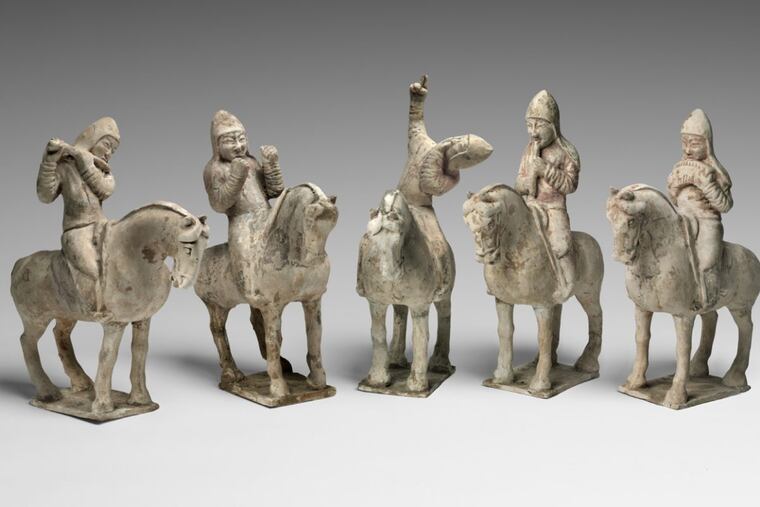Philadelphia Museum of Art shutting down Chinese galleries for refurbishment
The Art Museum's Chinese galleries will close April 11. When they reopens next year, museum visitors will get a better sense of this often overlooked part of the collection.

It has been nearly half a century since the Chinese galleries at the Philadelphia Museum of Art have received a serious face-lift.
But on April 11, six of the nine gallery rooms, located on the second floor of the landmark museum, will be shuttered until early 2019.
New lighting and appointments will be installed. Perhaps most important, the presentation of the Chinese collection — a total of about 7,000 objects, not all on view — will be re-envisioned to tell the story of Chinese culture over millennia within a focused narrative.
Timothy Rub, museum director and chief executive, noted that the gallery renovation will proceed in tandem with the current major construction taking place at the museum, and "will transform the experience of one of the most important, but still underappreciated, parts of our collection."
Rub called the renovation "long overdue" and said it will allow the museum to "re-present and reinterpret" the art. It will also serve as the basis for a new curriculum used by museum educators.
In addition to new lighting, gallery cases, and other furniture, the $2 million project will yield better sight lines and lead to the closing of some windows, improving conditions for the display of light-sensitive textiles and paintings the museum is now unable to exhibit.
Hiromi Kinoshita, associate curator of Chinese art, has designed an interpretive plan for the galleries that will arrange art and objects around key themes, and display art in all media, including paintings, sculpture, porcelains, ceramics, carvings, metalwork, costume and textiles, furniture, and contemporary work.
Museum officials said that the first two galleries will highlight the collection's strength in Chinese funerary art. The next gallery will focus on works from the Song Dynasty (960-1279) forward. Another gallery will focus on changes wrought by China's opening to the rest of the world beginning in the 16th century.
Another gallery will be dedicated to works of art collected and used by the imperial court.
"Updating these galleries will make a significant impact on our visitors' experience of this part of our collection," said Kinoshita.
When the galleries reopen next year, the museum will also publish Chinese Art: Highlights From the Philadelphia Museum of Art, in association with Yale University Press. It will include an introductory essay by Kinoshita about the collection's formation, illuminating its character and significance.